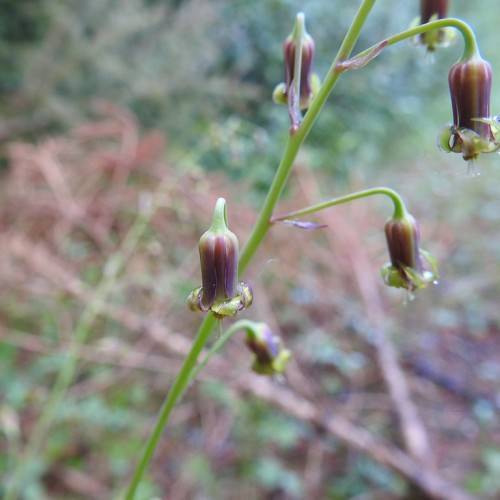
Western Mountain-Bells
Anticlea occidentalis
Watering:
Minimal
Hardiness Zone:
Sun:
full sun,part shade
Leaf:
Yes
Growth Rate:
Low
Drought Tolerant:
Yes
Care Level:
Medium
watering
Wild Chervil (Anthriscus sylvestris) should be watered every 7–10 days in spring and summer, and every 10–14 days in the cooler months of autumn and winter. In extremely hot and dry conditions, it might need to be watered more frequently. For best results, water the Wild Chervil deeply and allow the soil to dry out slightly between watering. This plant prefers consistent and moderate watering.
sunlight
Wild Chervil (Anthriscus sylvestris) thrives best in sunny locations. It will tolerate partial sunlight, but to reach its full potential, it needs full sunlight for a minimum of 6 to 8 hours a day. In the northern latitudes, where the days are shorter, Wild Chervil should be planted in the sunniest part of the garden for the longest possible exposure to light. During the winter months, the Wild Chervil may benefit from supplemental light or even a southern-exposed window.
pruning
Wild Chervil should be pruned annually, preferably in late winter or early spring. To start, prune branches that are overly thick, dead or diseased, heading each of them back to a healthy growth point. Be sure not to over-prune any branches, as this can weaken the plant. Once the main branches are pruned, lightly shear or tip the remaining branches to encourage tall, lanky growth as well as to keep the plant in an attractive shape and to promote bushier, more abundant growth. If your Wild Chervil plant gets out of hand you can perform a more drastic pruning in late winter or early spring, cutting back each branch to about 2-3 inches from the soil line. This will promote vigorous growth of new branches and a bushier appearance.
